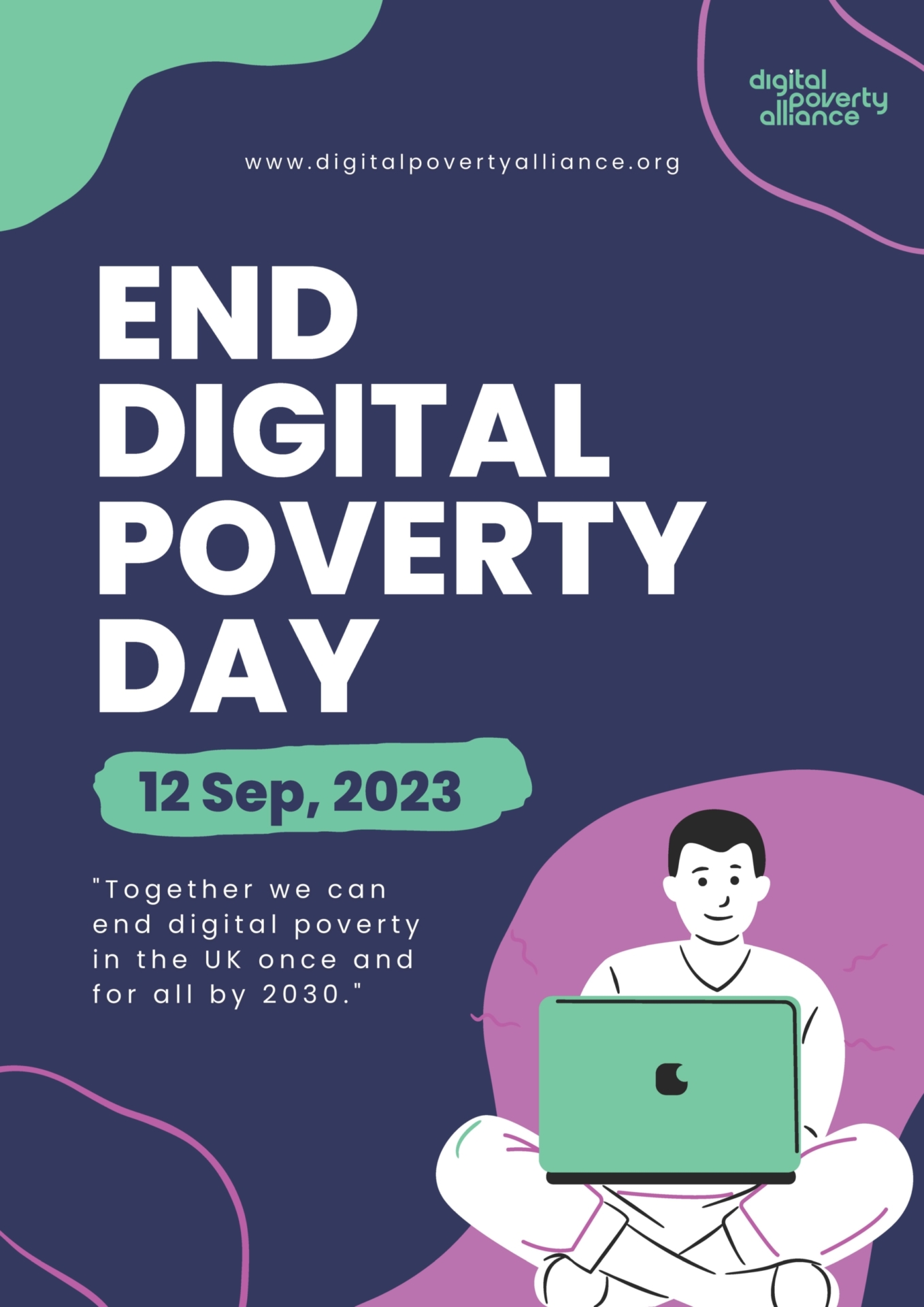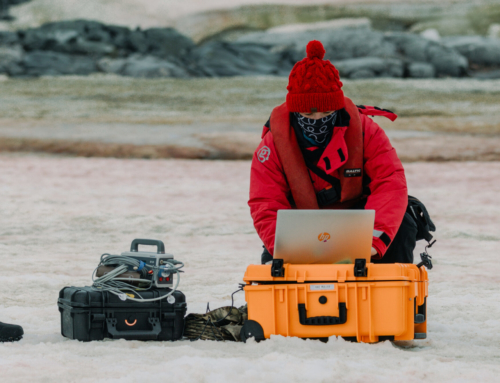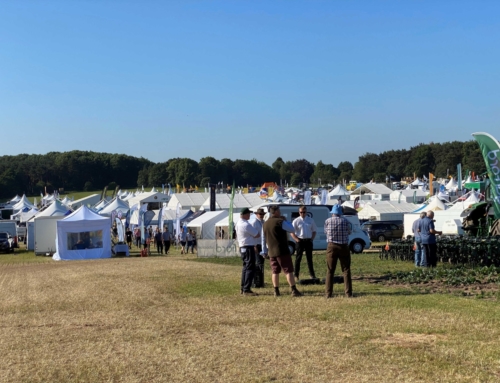Just imagine not being able to pay your bills online, access your emails or book tickets for a show from your computer. In short, what would it be like to live without the internet?
For many people, this is the unfortunate norm. There are many people who are digitally disenfranchised. Whether it be a lack of a computer, inability to afford broadband or an absence of confidence, there are many reasons why people cannot cross the digital divide. The lack of internet can cause further problems as many essential services have now moved online. People may be unable to bid for social housing, claim benefits or pay bills if they cannot access the internet.
The Digital Poverty Alliance (which is campaigning to remove the digital divide) has come up with some statistics, on this issue, which make interesting and uncomfortable reading.
-
- 1 in 5 children who were home-schooled during the Pandemic, did not have access to an appropriate device such as a lap-top or PC. (Many children were forced to use a mobile phone to complete and send homework assignments.)
-
- 26% of young people do not have access to a laptop, or similar device.
-
- 53% of people cannot afford to pay the average broadband bill.
Many people, even if given a donated device, need further training to build their confidence and knowledge in digital skills. They also need access to connectivity via a mobile phone or PC.
To raise awareness of these problems, the Digital Poverty Alliance has designated September 12th, – End Digital Poverty Day. In short, how can we highlight these problems, come up with working solutions and make a real difference to people’s lives to alleviate digital poverty?
There are many ways to become involved, and the DPA has suggested the following:
- Spread awareness of this problem via social media
- Run events, such as discussion groups, seminars and workshops.
- Attend events, to widen your knowledge and networks.
- Fundraise – you can donate funds to the DPA or companies can donate devices.
- Volunteer – donate your time by offering your knowledge and experience to others, to bridge that digital gap.
- Contribute a blog – how can you help and can it inspire others with new ideas?
Here at Westend Wi-Fi, we like to feel that we’re doing our bit to help with this problem.
- We offer councils our ‘”Leaky Wi-Fi” which offers free Wi-Fi to council and housing association tenants. This is also ideal for hostels or older buildings where thick walls causes problems with a mobile phone signal. (You can read more about Leaky Wi-Fi here)
- We offer Starlink as a product which is designed to help with connectivity in the countryside, where access to fibre broadband is limited or non-existent. By installing Starlink, farmers and rural communities can get online, stream entertainment, do online banking etc; in short be part of the digital community. (We’ve already done a few installations, and once Starlink is up and running, it then means that other devices, such as CCTV, can be added in.)
- Pop-up Starlink or Wi-Fi. We’ve provided this for pop-up shops in towns, as well as for outdoor events, such as shows, where connectivity is a must.
- We are also working on future exciting projects, such as open roaming. This means you can use your mobile phone in any part of the network without logging into a new Wi-Fi. You will be able to have ‘Wi-Fi in your pocket’, as you can go from the gym, to the library and along the street, without having to switch Wi-Fi sessions, which is so more convenient.
For more information on End Digital Poverty Day, head over to the Digital Poverty Alliance website which is digitalpovertyalliance.org. You can download a fundraising pack, join the Community Hub or simply make a donation. Let’s make digital poverty a thing of the past.





